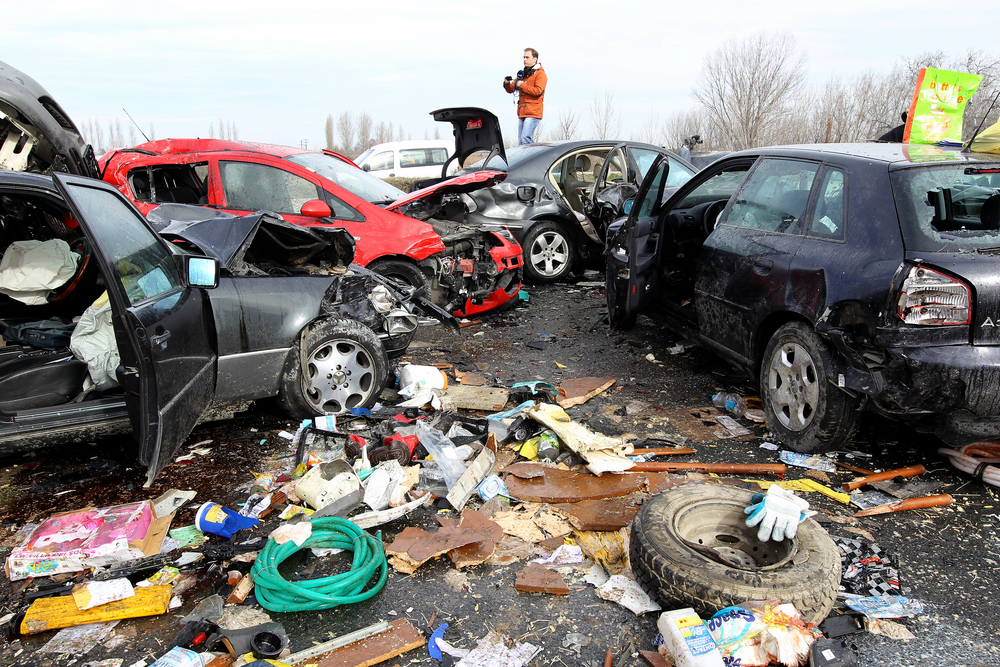Did you know that you have a 1 in 100 chance of dying in a car accident in your lifetime? Those aren’t great odds. Thankfully, there are a few things which you can do to prevent such a terrifying occurrence. Awareness is the key to preventing car accidents and, unfortunately, following rules sometimes just isn’t enough. That’s why you need to prepare yourself for every possible encounter on the road. Check out a few of these stats and clue yourself in on what can be and how you can stop it from happening.
The Stats
Here’s the truth: the numbers don’t lie. There are at least 93 fatal accidents on the roads in the U.S. every day. And, at least 22% of all collisions are caused by distraction – finally the law about not talking on your cell while you drive makes sense, doesn’t it? In fact, talking on your cell phone is a major cause of collisions in countries all across the world. And get this: the second highest cause of distraction-related accidents is actually drivers looking at other accidents.
Speed is also another major factor contributing to the severity of accidents on the road. So, let’s break it down: how fast do you have to go to survive and accident?
- Pedestrian: as horrid as this seems, in order to survive you have to be going 30km/h or less.
- Motorcyclist: a collision with a motorcycle can be survived at about 30km/h
- Tree or Pole: driving into one of these isn’t a good idea unless you’re going 40km/h or lower
- Car (side-impact): If you’re impacted on the side of your vehicle, you’ll be able to survive if you drive at 50km/h
- Car (head-on collision): You can survive a head-on collision – one of the most terrifying experiences of your life – driving at 70km/h.
This is all based on whether you’re following general safety rules or not. You’re less likely to survive if you’re not wearing your seat belt. You are 32 times more likely to get into a car accident driving at 80km/h than you are at 65km/h. Basically, speed does kill.
Another major factor contributing to both distraction related collision, as well as the severity thereof is fatigue. The more tired you are, the less likely you are to concentrate on the road. There are instances of drivers falling asleep behind the wheel, but that doesn’t necessarily mean these are the only cases which lead to accidents. It’s just as dangerous to be tired in front of the wheel as it is to fall asleep in front of it.

Scary stuff. But… what can you do about it?
What Can You Do About It?
Quite simply: drive safe and be aware of what’s going on around you. Follow a set of safety tips which will help you prevent accidents. Here are a few basic pointers:
- Don’t talk on your cell phone whilst driving
- Don’t drive when you’re tired – get sufficient rest
- Don’t drive under the influence of narcotics or alcohol
- Take a break when driving long distances
- Try to heighten your awareness – constantly predict what might happen ahead and behind
- Slow down. Speed kills. Just do it.
Following Traffic Rules
It may seem banal to some of us, but being vigilant on the road at all times is a matter of life and death. Obeying the traffic laws, driving the speed limit, and of course driving on the correct side of the road are crucial to maintaining safety and keeping yourself healthy and alive. Don’t’ become another statistic: be safe out there.








